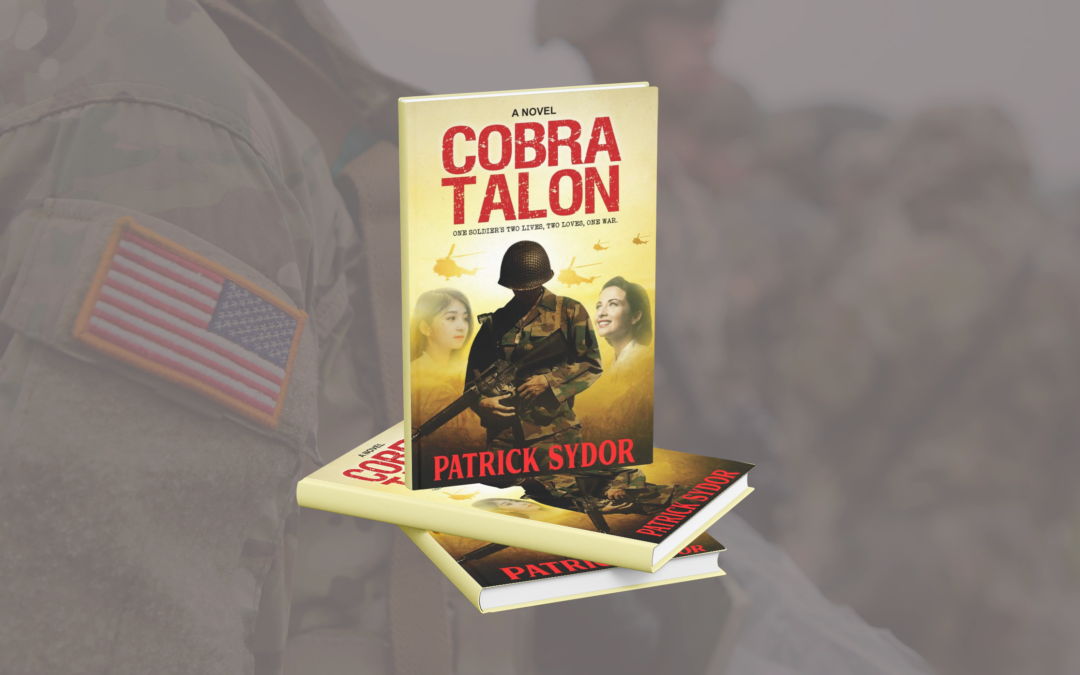I was fascinated with aircraft before I could write! Whenever I saw a plane (or even an airship) flying, I would have to stop and just watch it until it was out of sight. I WAS HOOKED whenever I saw the “US Air Force Blue” promotion on (the late 50s) TV! Even now, I remember my first model plane kit, an F-86 Super Sabre, and I was too young to read the instructions telling me I needed glue! Anyways, this love of aircraft stayed with me all through my formative years and into high school. During that time, the anti-Viet Nam movement was escalating. That and my “only son” status made thoughts of joining the military disappear.











